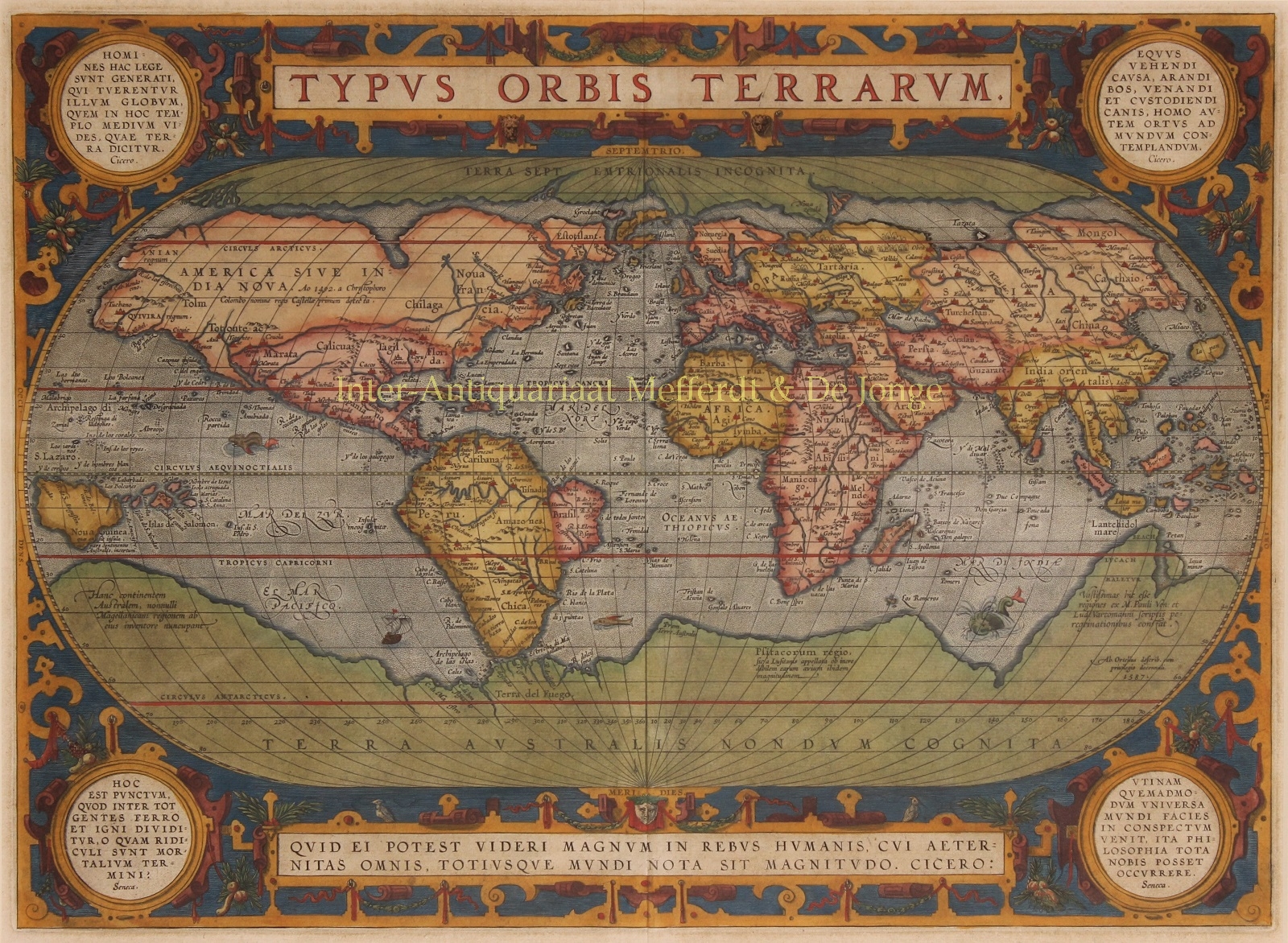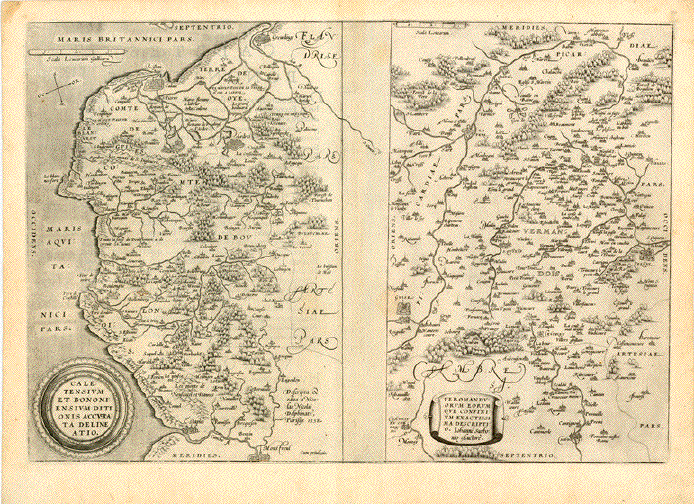

Ortelius only incorporated the map in his atlas editions from 1598 until 1609. La Guillotière was a French cartographer (born in Bordeaux – died in Paris in 1594), of which this is one of the only maps which have come to us. So there is no Versailles (south of the Seine) or Fontainebleau to be seen!Ĭoncerning the origin of this map: Under the top left cartouche Ortelius mentions the origin of this map: Adam la Plache wrote him in 1595 that he had received a manuscript map from Pierre Pthou, but originating from “François de la Guilloyière” (now Guillotière). This map shows a part of current-day Île de France only what is situated north of the Marne-Seine line has been illustrated. Have a look at the scale again: every blue or red stripecequals 3.26 km. up to 1667) league (or lieue) corresponded to 10.000 “pied-du-roy” or approximately 30 cm (which means that the old French pied-de-roy is almost the same as an English foot), and thus measures about 3.26 km. The scale at the left bottom is in “leuga”: 1 old French (i.e. Or even Saint Denis, where most French kings were buried in its Basilica (see last picture). Mount your horse again and visit the romantic villages such as, Passy, Auteui and Saint Cloud all now absorbed in Greater Paris.

Just west (left) of the walled city, the “Mont martre” visibly towers (see picture below with in the forefront the Old Louvre castle). Did you know that even la femme fatale, Mata Hari, was also executed here at Vincennes (in 1917)? As for the castle of Vincennes just one of its six donjons has survived the times. Only at this river town the German troops were stopped in September 1914 (WW I: at the first battle of the Marne). Also the imprisoned was English King Henry V (after his defeat at Meaux at the Marne (right on the map).

Several French kings married in the castle Philippe III (in 1274) and Philippe IV (in 1284) other died here, such as Louis X (1316), Philippe V (1322) and Charles IV (1328). The fortress/palace of Vincennes goes back to the 12th century, when Louis VII (1120 – 1180 see first picture) built a hunting lodge on this spot.


 0 kommentar(er)
0 kommentar(er)
